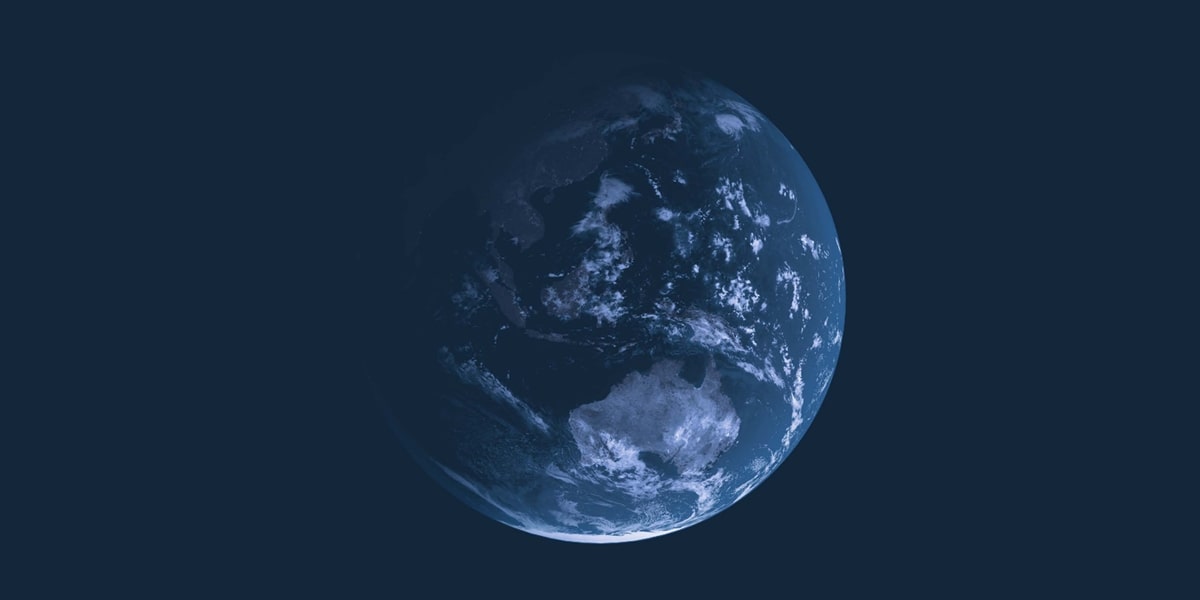China–Philippines trust in troubled waters
Originally published in the East Asia Forum

China and the Philippines reached a deal in July 2024 to enable the continuation of Philippine resupply missions at the disputed Second Thomas Shoal in the South China Sea. The confrontation reached new heights in June when Manila accused Chinese forces of intercepting Philippine boats, seizing supplies and injuring a Filipino sailor. But the deal has not eased broader tensions as China reportedly fired flares ‘dangerously’ close to Philippine aircraft multiple times in August.
The dispute over Second Thomas Shoal — where the security situation has been deteriorating since 2021 — has been a tinderbox in the broader contest in the South China Sea. China has attempted to block the Philippines’ resupply missions to its marines deployed on an old ship that was deliberately grounded on the shoal in 1999 to serve as a Philippine military outpost.
After the deal was struck, the Philippines undertook a resupply mission at the Second Thomas Shoal without incident. But while the deal has reduced the rapidly escalating tension between the two countries in the short term, it is not likely to significantly impact the longstanding maritime disputes in the South China Sea between Beijing and Manila. On the contrary, the situation at Second Thomas Shoal can be expected to further deteriorate over time given the deep-seated mistrust between China and the Philippines. Both parties are already disputing the deal’s interpretation, which does not augur well for its durability.
The situation at Second Thomas Shoal serves as an indicator reflecting broader China–Philippines disputes in the South China Sea. Any escalation over competing claims to other contested waters will most likely increase tensions at the shoal.
Two trends suggest that tensions between China and the Philippines will likely continue to escalate.
First, both sides have intensified legal efforts to reinforce their claims in the disputed waters. China has introduced several regulations to justify its actions in the South China Sea. In June 2024, Beijing issued a new maritime rule allowing its coast guard to detain foreign ships and personnel trespassing in its waters for up to 60 days. This builds on a 2021 law permitting the Chinese coast guard to fire on any vessel intruding into its waters. China continues to ignore the 2016 Permanent Court of Arbitration ruling which dismissed Beijing’s claims to much of the South China Sea.
Manila has also stepped up its legal warfare to reinforce its claims. In June 2024, the Philippines asked the United Nations to register its extended continental shelf claim in the Western Palawan region. Manila is also in the process of introducing the Maritime Zones Act, which aims to reinforce the rights and entitlements of the Philippines over its maritime zones, including in contested areas. The passing of the act has already drawn condemnations from China.
The second major trend is the ongoing buildup of military capabilities to counter the other party. China continues to maintain a sizable and permanent military presence in the Philippines’ Exclusive Economic Zone through its military outposts on man-made islands, extending its military power across the South China Sea.
The Philippines has modernised its military to avoid being left behind, acquiring anti-ship missile capabilities and stepping up joint exercises with its traditional security partner, the United States, as well as other like-minded partners. Philippine President Ferdinand ‘Bongbong’ Marcos Jr’s administration has also worked to broaden the Philippines’ strategic partnerships, pushing through new defence agreements with Germany and Japan in 2024.
The latter is especially significant. The Reciprocal Access Agreement with Japan allows Japanese forces deployed in the Philippines to participate in expanded exercises and potentially deal with humanitarian and disaster relief. The agreement has drawn criticism from Beijing, fearing that it is part of a broader regional trend of defence agreements targeted against China.
The interactions between Chinese and Philippine forces on the ground threaten to derail efforts to build trust and work towards a resolution in the contested waters. The Philippines has accused China of dangerous conduct in the South China Sea multiple times through August 2024, beginning when Chinese combat aircraft reportedly performed dangerous manoeuvres against a Philippine Air Force plane on routine patrol in the South China Sea. This incident marked an escalation in tensions as China had not targeted Philippine aircraft previously. Though the two parties have set up a hotline at their respective presidential offices, it will do little to de-escalate tensions if China does not use it.
These legal and military trends reflect a deep mistrust between China and the Philippines. Both countries’ efforts to reinforce their claims through assertive diplomatic and political strategies will likely lay the foundation for a greater escalation of tensions in the medium and long term. While the agreement over resupply missions at the Second Thomas Shoal may provide temporary relief, it fails to address the fundamental drivers of these tensions in an increasingly contested strategic environment.
